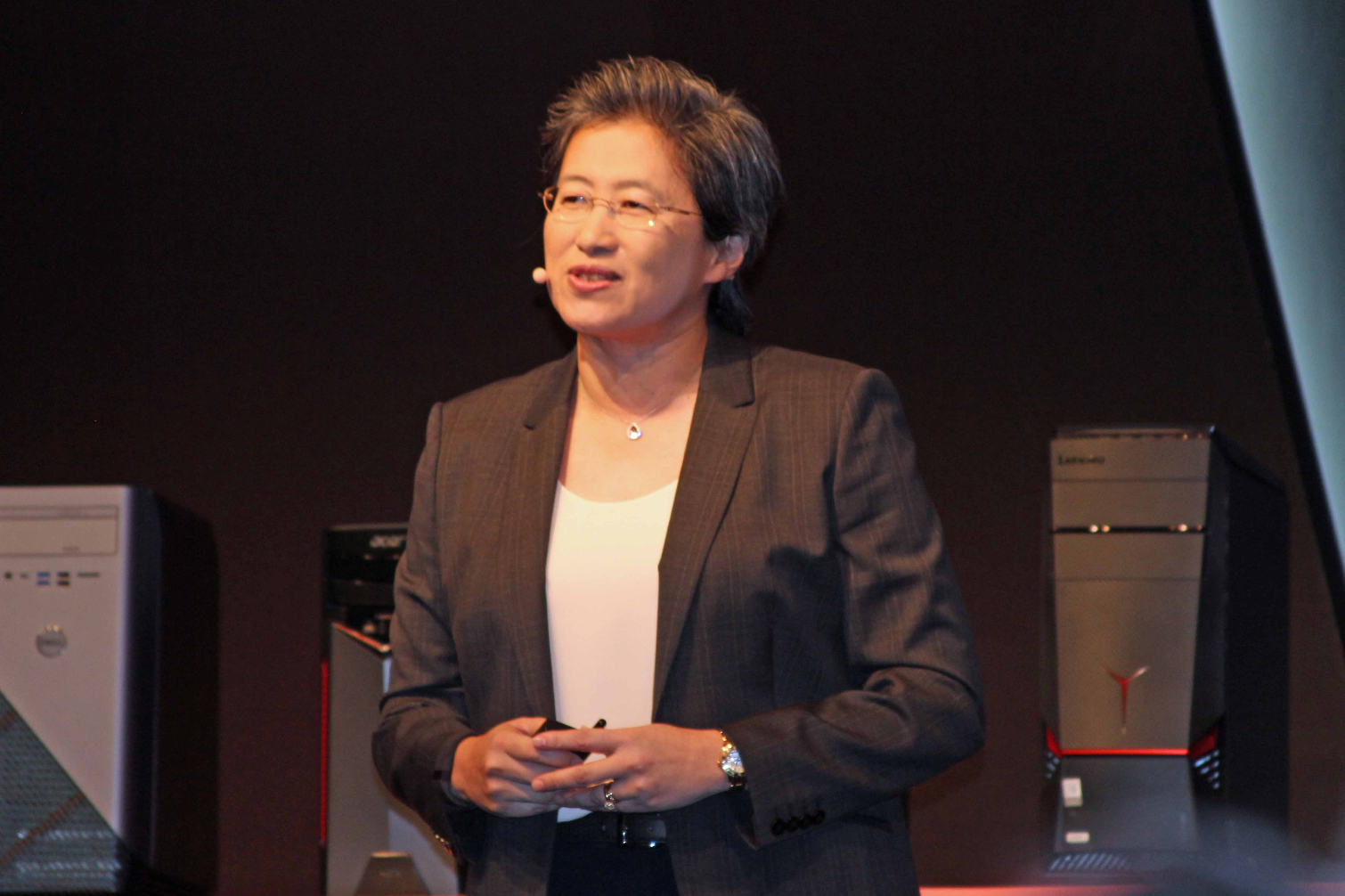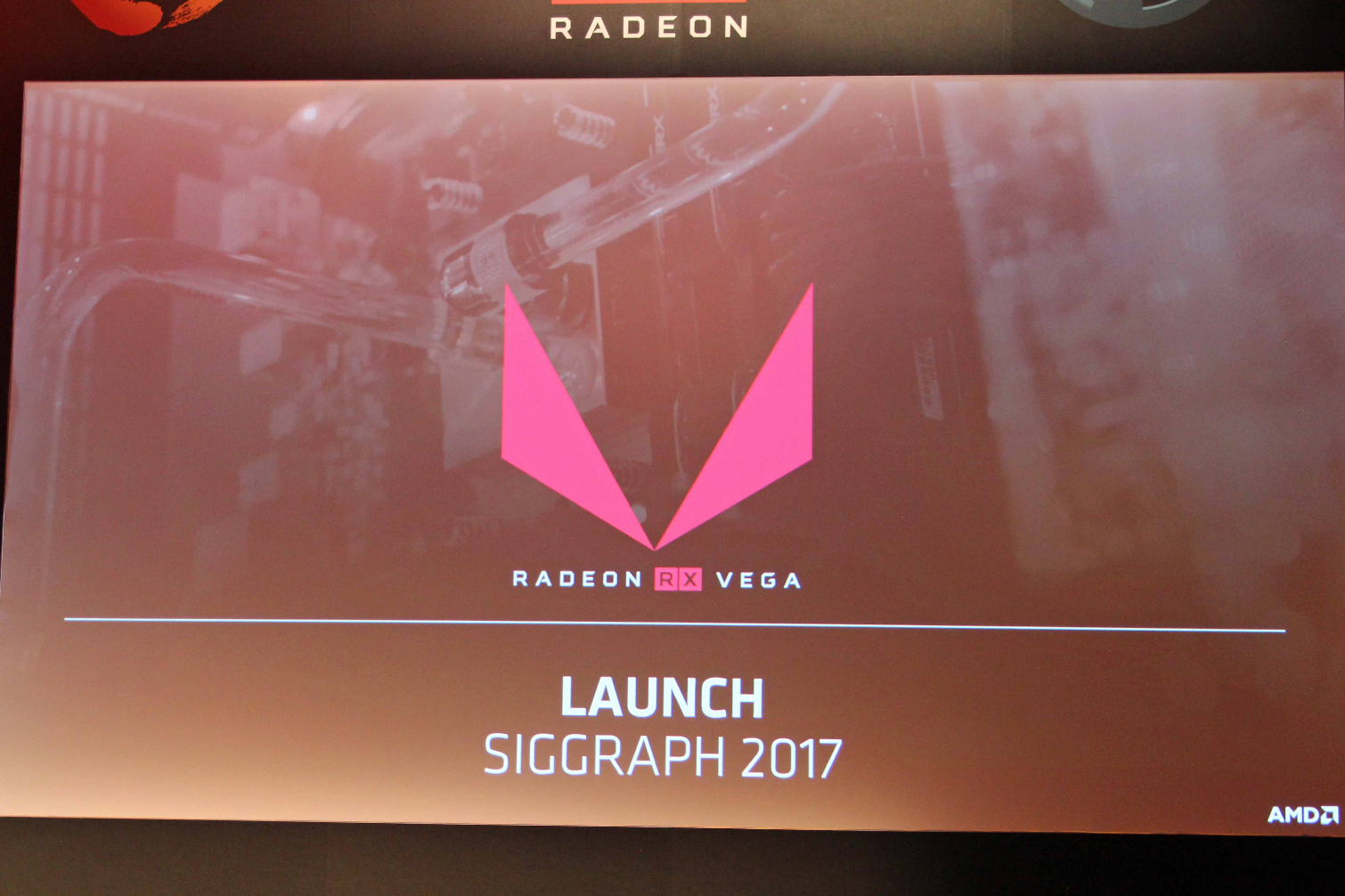AMD's ThreadRipper To Feature 64 PCIe Lanes; Vega Launching In July
AMD's CEO Lisa Su kicked off the Computex briefing with an update on several topics that ranged from the forthcoming ThreadRipper to Vega and the new EPYC server processors. AMD also announced that several major OEMs are releasing new Ryzen-based systems, along with a new Ryzen-based laptop. We'll cover those topics in follow-up pieces, but for now, let's get to ThreadRipper and Vega.

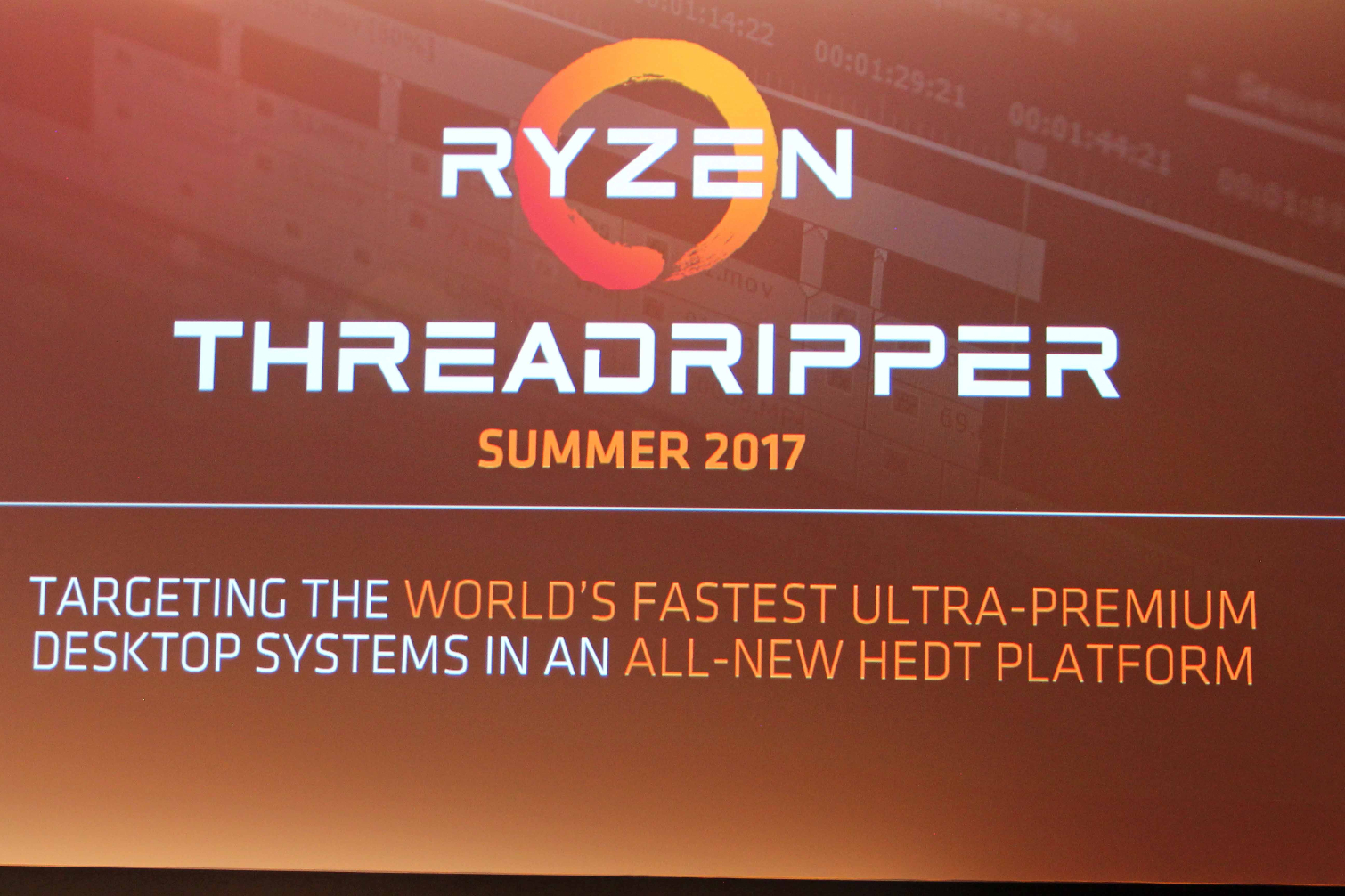
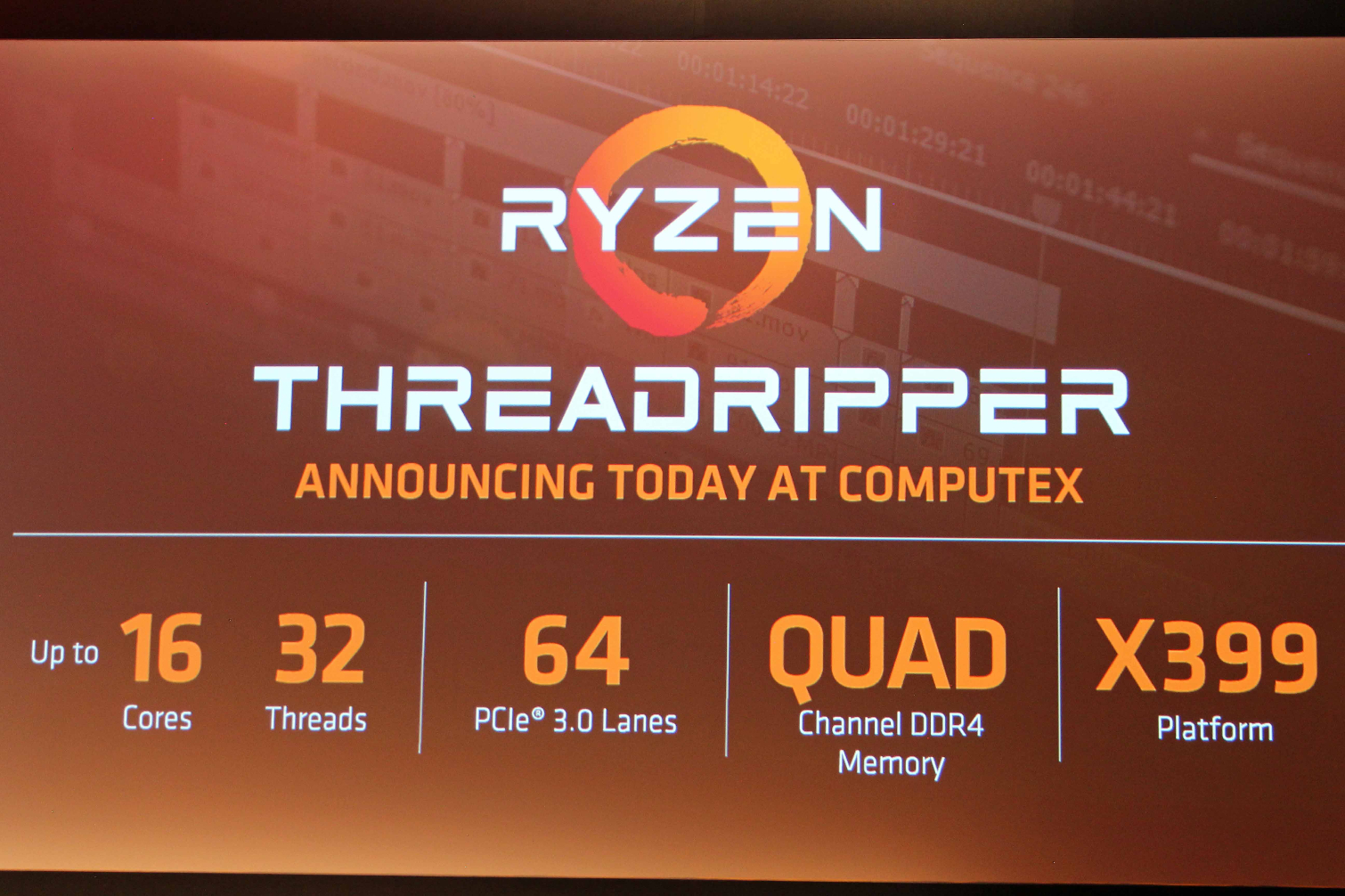
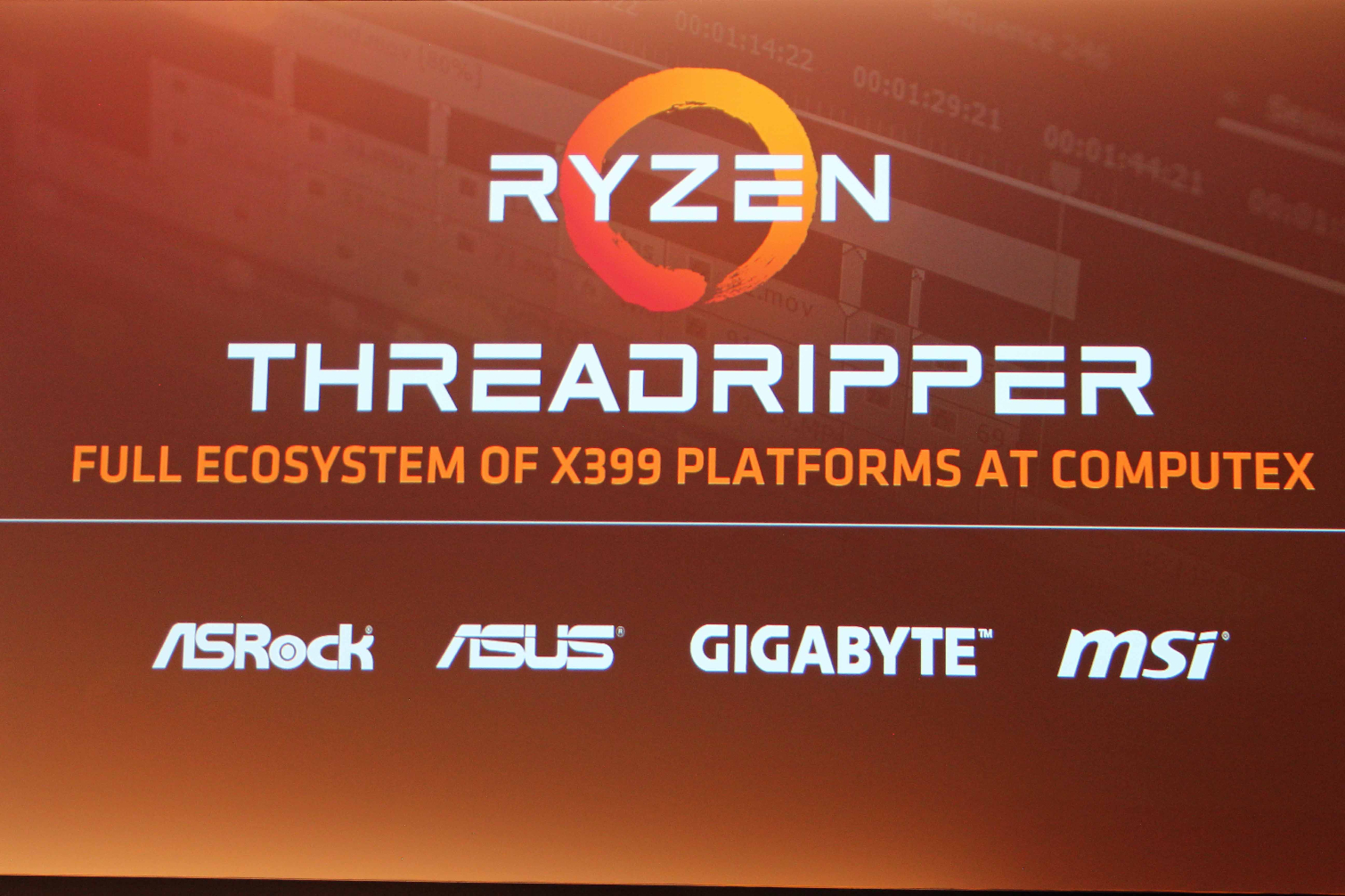
As expected, AMD dished more details on the forthcoming ThreadRipper lineup, which tops out with 16 cores and 32 threads. AMD divulged that the ThreadRipper processors provide 64 lanes of PCIe 3.0, and we assume the company will dedicate four to the chipset. That's quite impressive considering that Intel's new X-Series processors top out at 44 lanes. Also, you have to shell out $1,000 for the ten-core product to gain 44 lanes, while the rest of Intel's HEDT lineup is constrained to 16 and 28 lanes. ThreadRipper also sports quad-channel DDR4 memory support on the X399 platform. AMD displayed the processors, which will debut in the summer of this year, for the first time. The CPU is massive, much like its EPYC data center CPU counterpart.
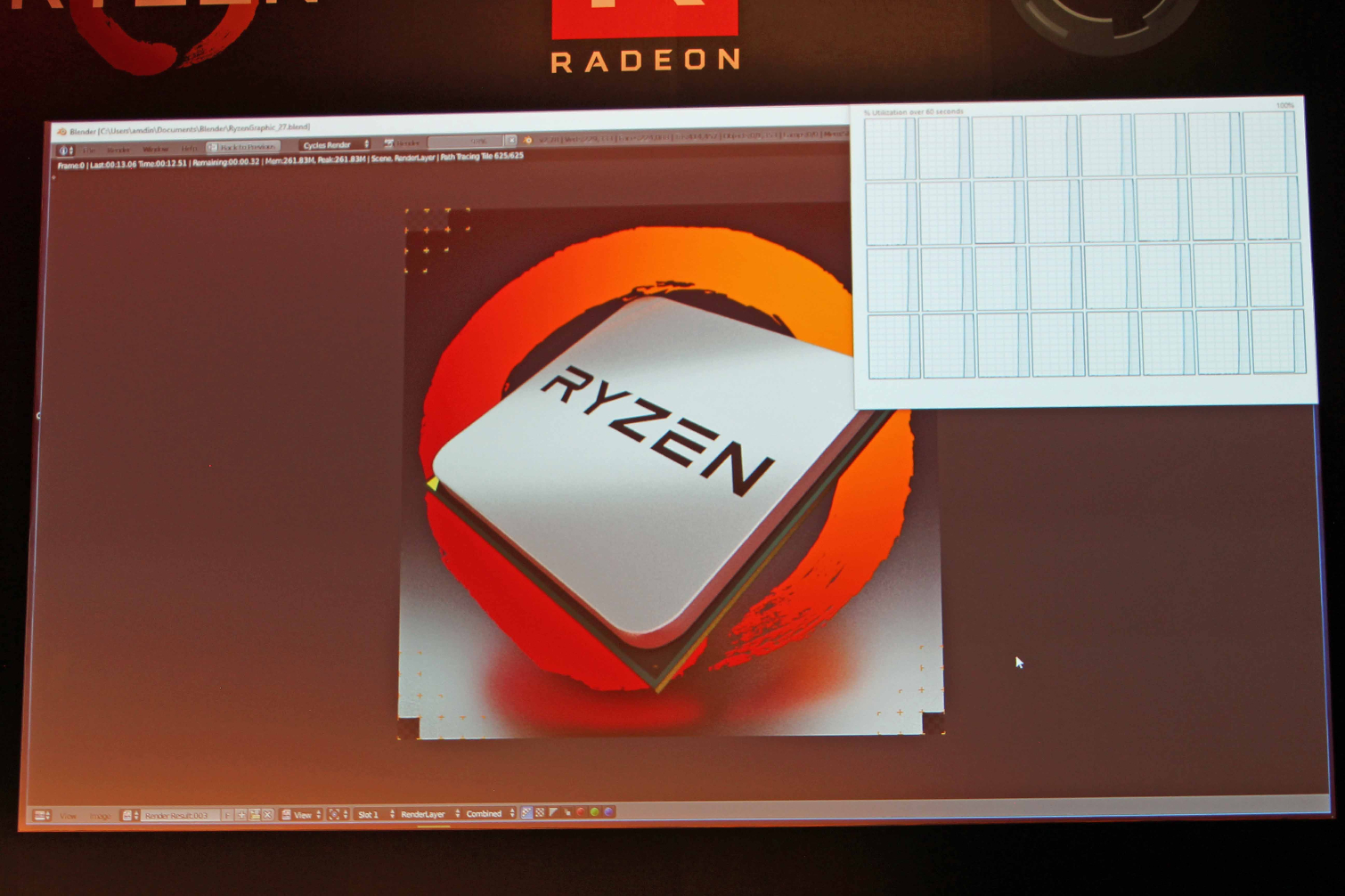
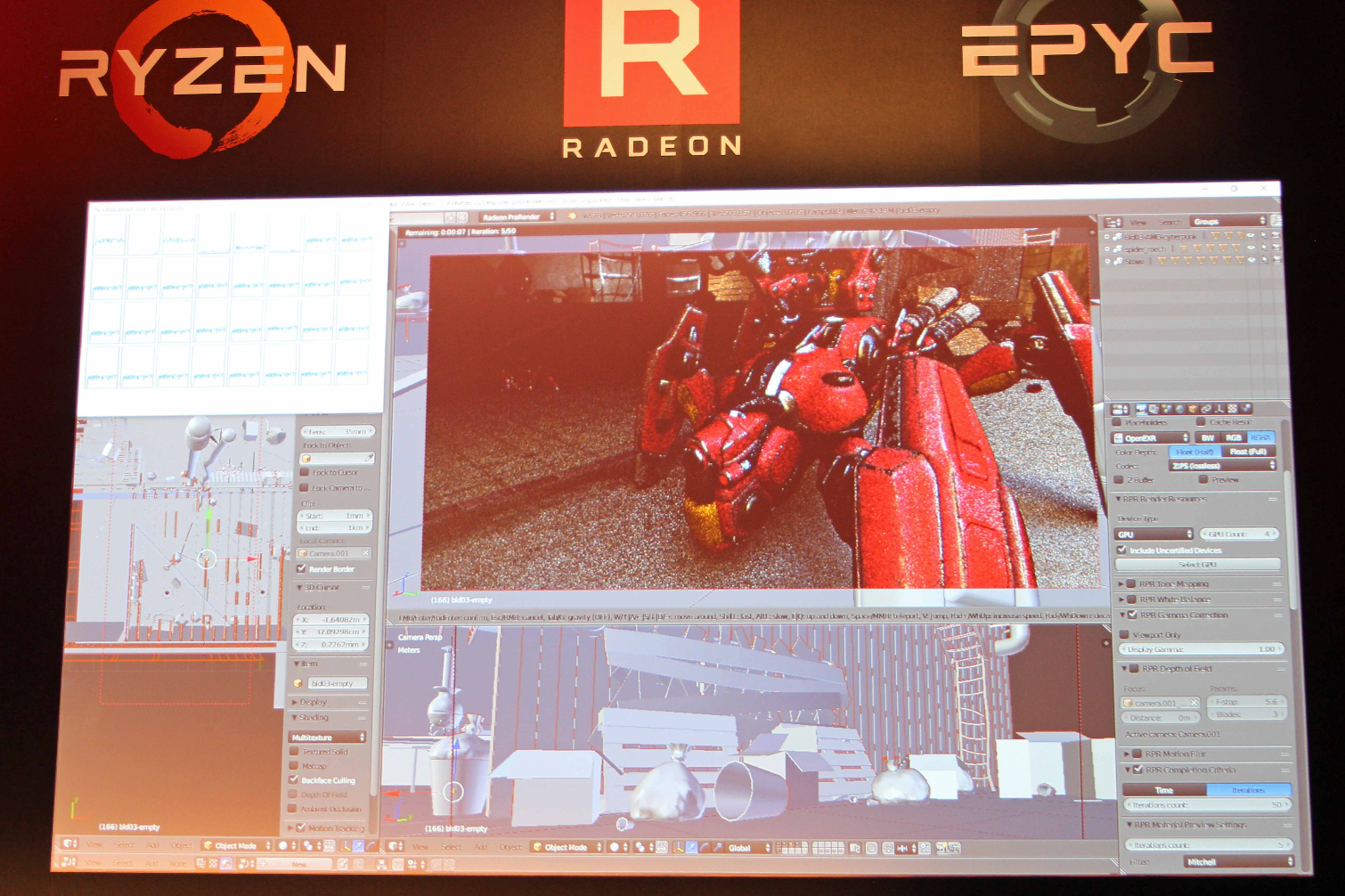
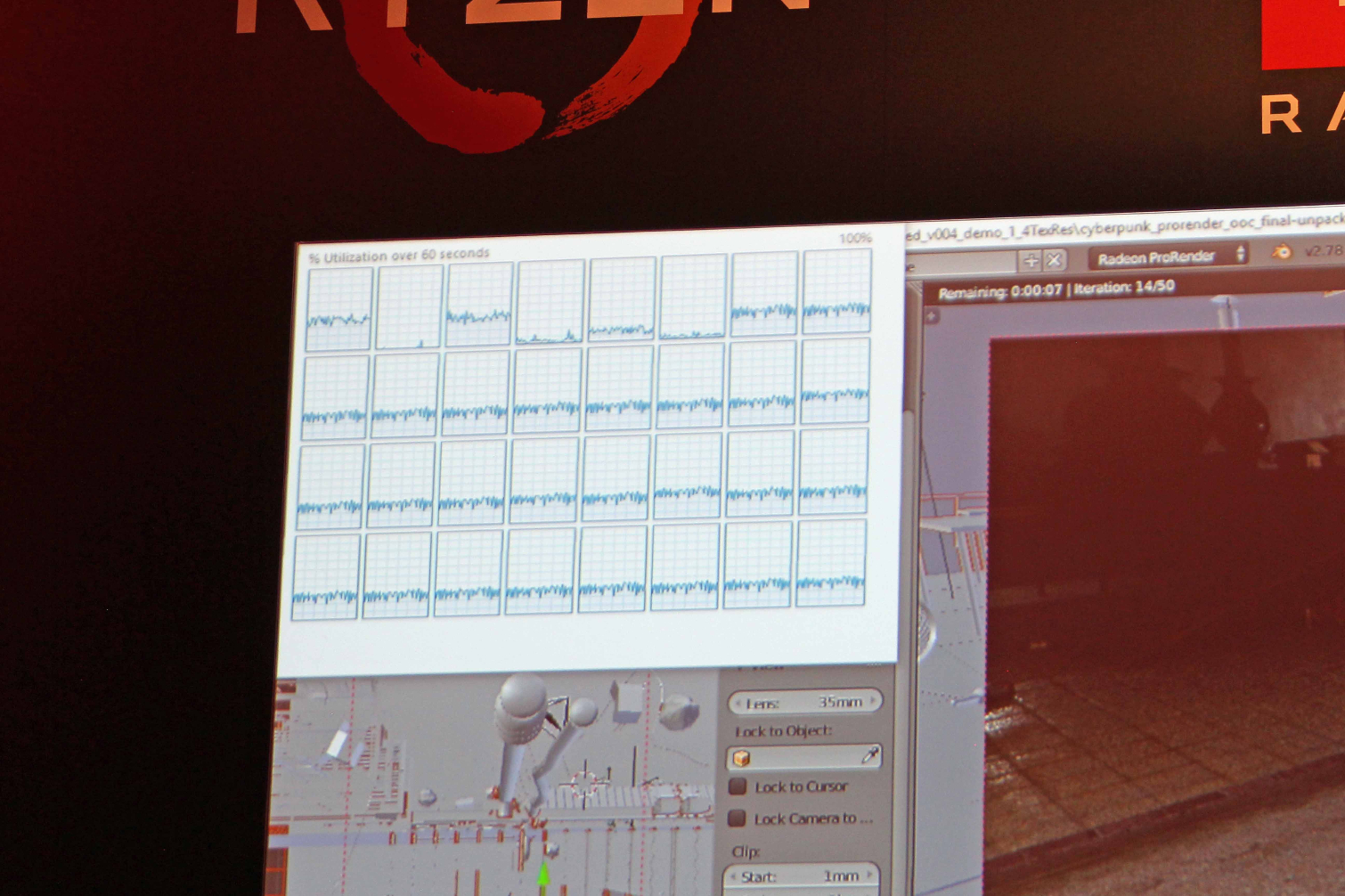
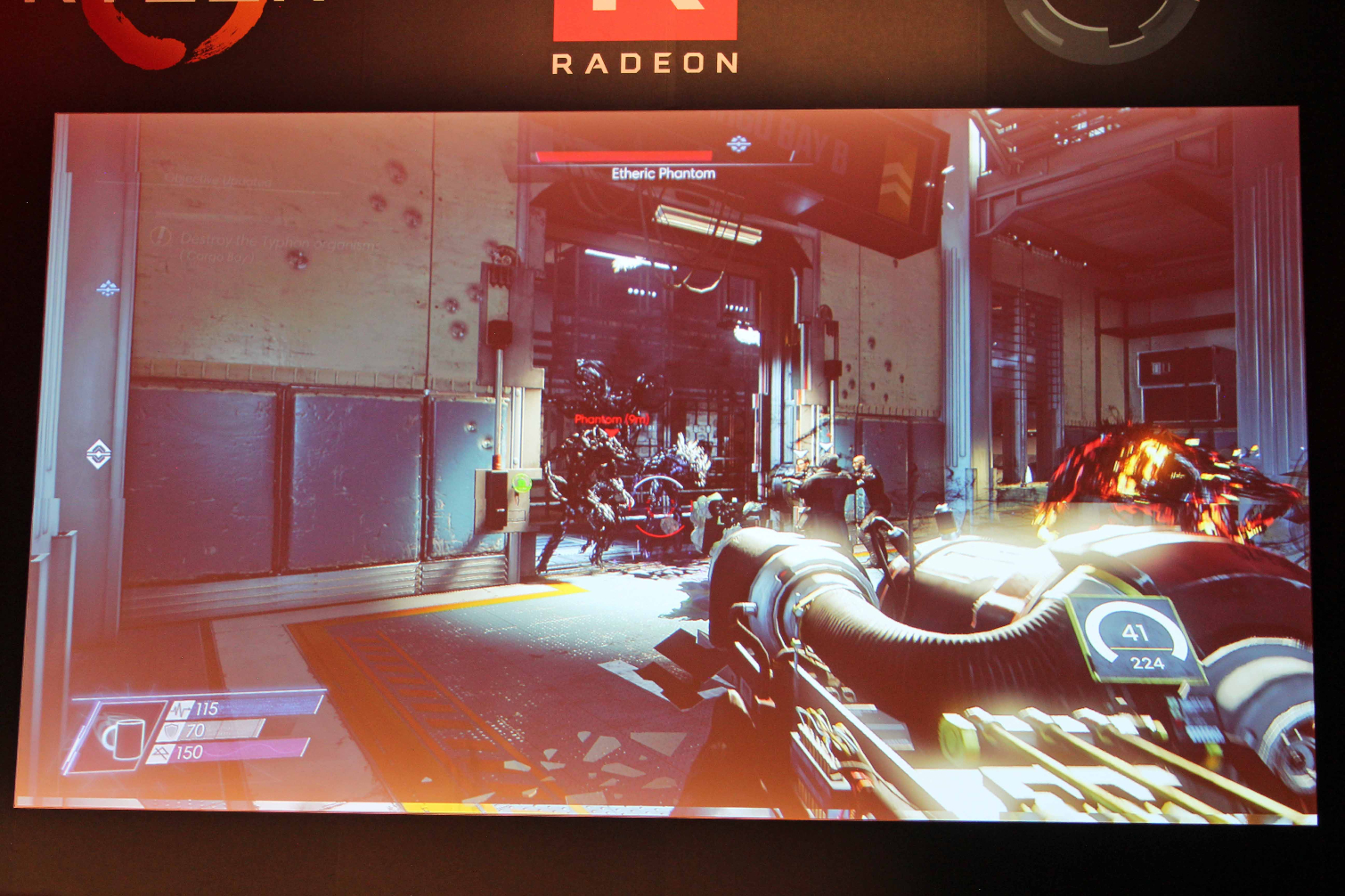
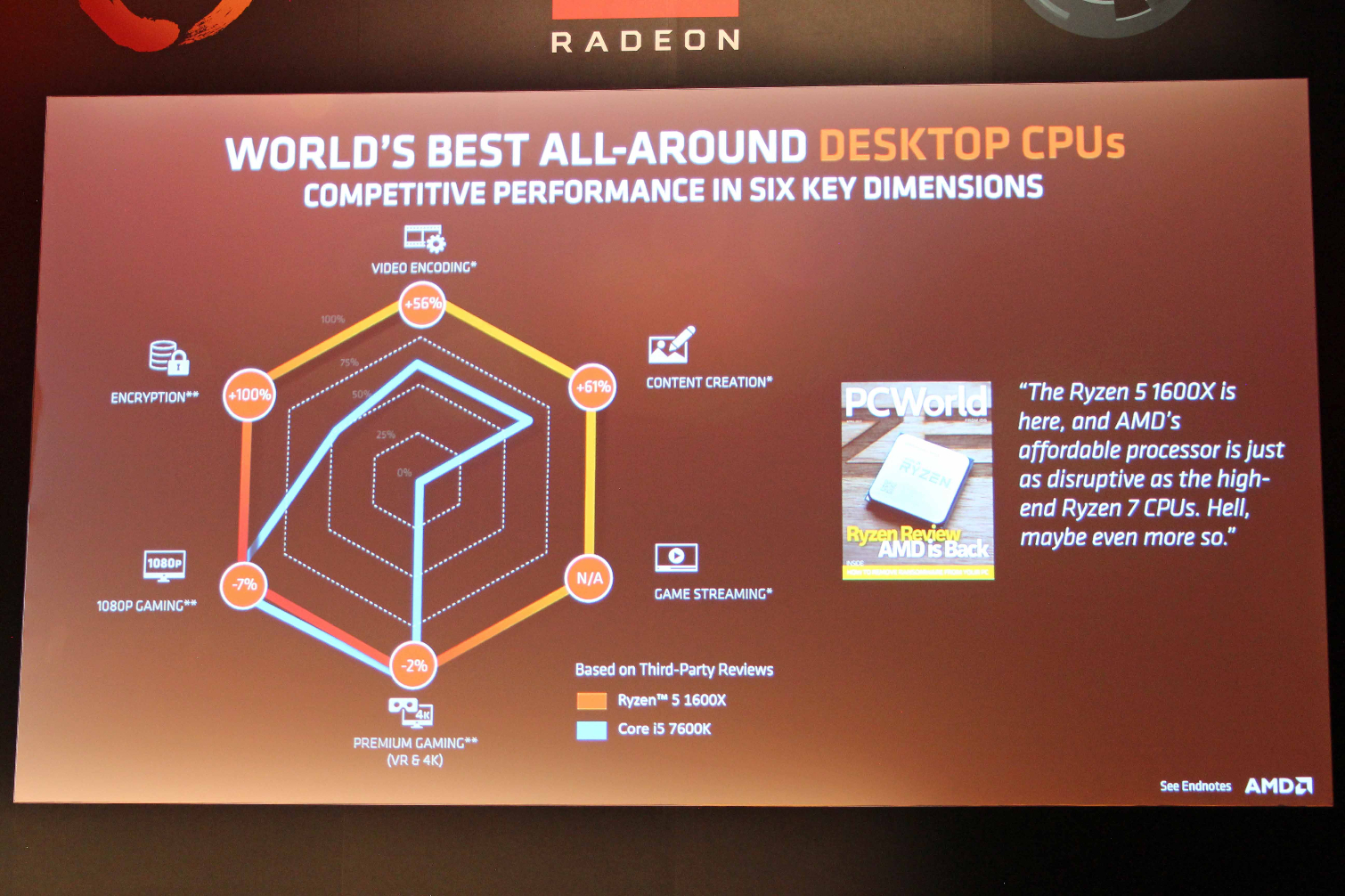
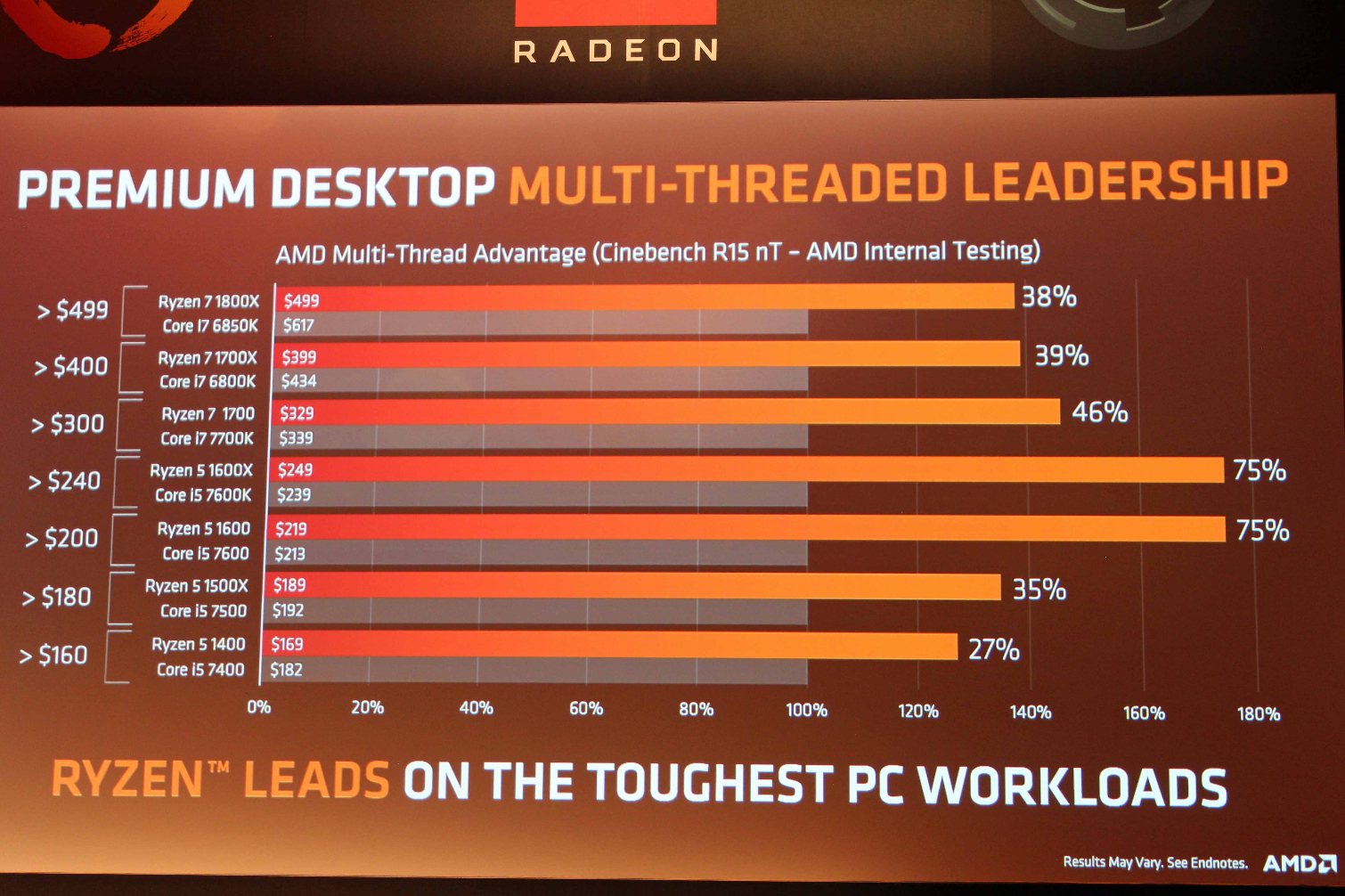
AMD demonstrated ThreadRipper's performance in a few scenarios, including the now-famous Blender rendering test of the Ryzen CPU and logo. The render required a mere 13.04 seconds, which is much faster than the 36 seconds AMD demonstrated with the Ryzen 7 1800X prior to its launch.
ThreadRipper's copious PCIe lane allocation means it can support up to four GPUs with no restrictions, such as bridge chips, which is a real win for the workstation segment, not to mention enthusiasts. To highlight AMD's newfound PCIe lane advantage, the company employed four Vega Frontier Edition GPUs during a real-time Blender render. The workload spread between the GPUs and the CPU using AMD's Radeon Pro plugin, and we could see that several of ThreadRipper's cores went unused, while the remainder hovered in the 20-25% range.
Finally, the company paired the new processor with dual Vega GPUs to play Prey in 4K resolution with the maximum settings. We noticed visible tearing during the session, which is likely due to the projector that AMD used for the presentation. It was apparent that AMD didn’t cap the framerate, so V-Sync likely would've corrected the issue.
The company also presented a spider chart outlining that Ryzen processors beat competing Intel chips in all workloads--with the exception of gaming. AMD derived the testing results from external data, such as reviews. AMD also debuted a new chart that uses Cinebench R15 to highlight Ryzen's mutli-core performance advantage in relation to Intel CPUs at similar price points.
Speaking of Vega, AMD announced that it would launch the new graphics cards at the end of July at Siggraph 2017. The Vega Frontier Edition launches June 27, and the EPYC data center processors will make their debut on June 20, 2017.
Get Tom's Hardware's best news and in-depth reviews, straight to your inbox.
AMD has a hectic launch schedule ahead as the company fans out and broadens its product stack. ThreadRipper will bring a hefty allotment of cores and a roomy PCIe lane allocation, but performance and pricing are key pieces of the value proposition. The company hasn't announced either. The AMD vs. Intel battle is reaching a fever pitch. Intel's Skylake-X pricing is still somewhat prohibitive, which leaves AMD some room to maneuver. AMD is really focused on gaining market and mind share at this point, so it wouldn't be surprising if ThreadRipper debuts with excellent price points.

Paul Alcorn is the Editor-in-Chief for Tom's Hardware US. He also writes news and reviews on CPUs, storage, and enterprise hardware.
